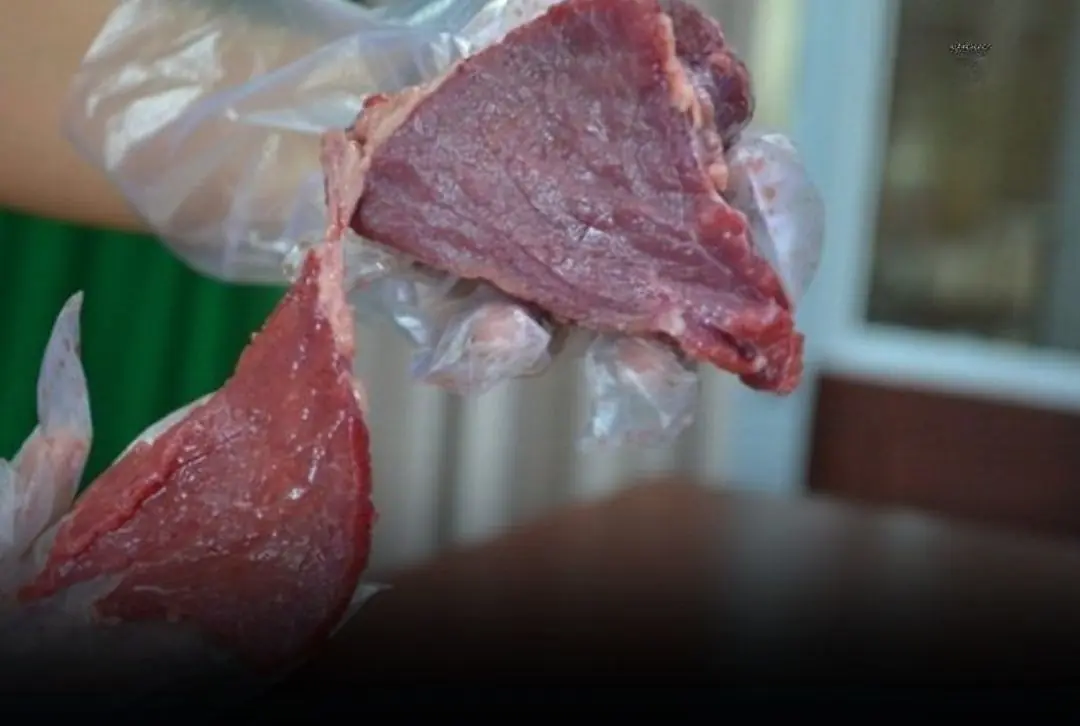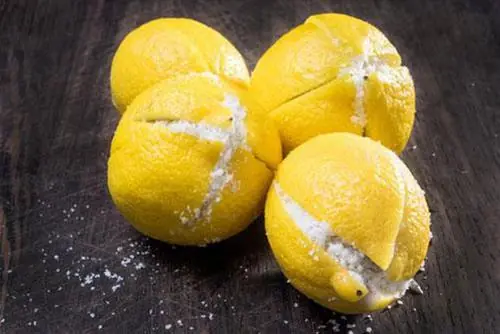
Washing Clams and Shellfish: Some Use Chili, Others Use Wine — All Wrong! A Seafood Vendor Taught Me This Truly Effective Trick
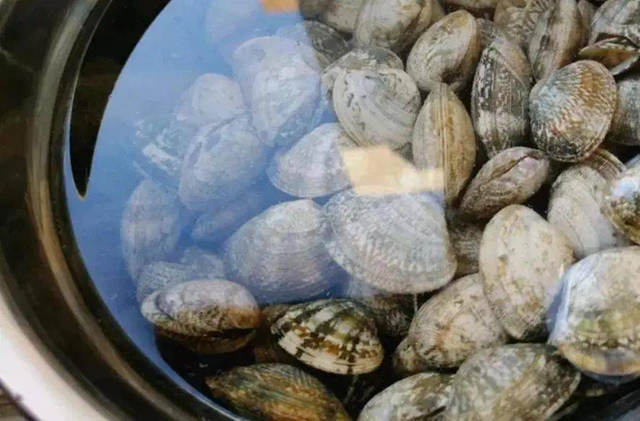
Washing Clams and Shellfish: Some Use Chili, Others Use Wine — All Wrong! A Seafood Vendor Taught Me This Truly Effective Trick
Cleaning clams and shellfish so they release all the sand and grit has never been easy — and I used to struggle with it too.
Clams, like many other shellfish, are not only rich in nutrients but also offer a delicious taste that makes them a favorite in many households. However, the first challenge in preparing them is figuring out how to get rid of the sand and impurities they carry inside.
Many people swear by soaking them in water with chopped chili or even wine, hoping the spiciness will force the clams to spit out all the grit and dirt. I’ve tried those methods myself, but the results were never as good as I had hoped.
Recently, while buying seafood, the vendor quietly shared with me a simple and highly effective tip to clean clams and shellfish. If you're someone who loves preparing these delicacies at home, let me share that secret with you.
Salt and warm water is the golden combination. Warm water at 40°C mimics tidal conditions, tricking the clams into thinking the tide is rising. They begin “panting,” which helps release sand and impurities. Keep the salinity around 3 percent, which means adding about 15 grams of salt to 500 milliliters of water. This concentration helps shellfish relax and open up.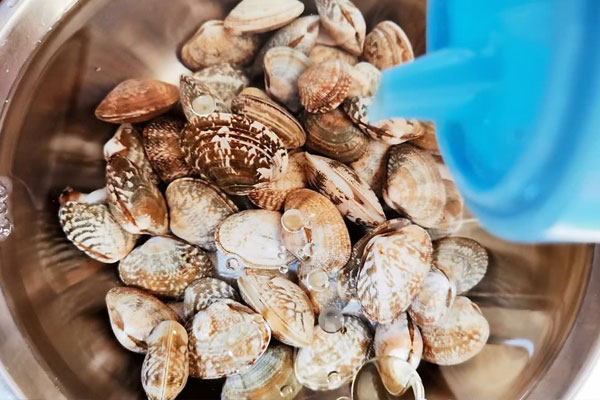
The water level should only just cover the clams. If it’s too deep, there won’t be enough oxygen. A shallow basin works best and is three times more effective than a deep one. When you see their siphons sticking out, it means they’re purging thoroughly.
Changing the water two times during the soaking process gives better results. The first round of water will be cloudy and dirty. The second will be much clearer, and by the third rinse, there should be almost no visible impurities.
Here are a few additional tips to keep in mind:
First, avoid using stainless steel sinks or basins. These can produce a weak electric current that causes clams to contract and stop purging. Use plastic or ceramic containers instead.
Second, spread the clams in a single flat layer. Don’t pile them up like a pyramid. Clams on the bottom can get crushed and won’t open properly. Occasionally shake the basin to stir them and keep the purging going.
Third, stay away from aluminum containers. They may cause chemical reactions that affect the flavor of the clams.
Once cleaned, here are three ways to check their quality:
Tap lightly on the shells to hear the sound. A dull sound may suggest there’s still sand inside. Clams that remain open and don’t close when touched are likely dead and should be discarded.
When blanching, add two slices of ginger. This helps clarify the broth and you’ll see sand settle at the bottom. Skim off the foam floating on top since it’s the final waste released by the clams.
During the rinse, direct a stream of water into the gaps between the shells. This helps remove hidden grit trapped inside the folds. Properly cleaned clams should feel smooth like peeled boiled eggs once cooked.
Let me know if you'd like me to turn this into a shorter version or tailor it for a specific platform.
News in the same category

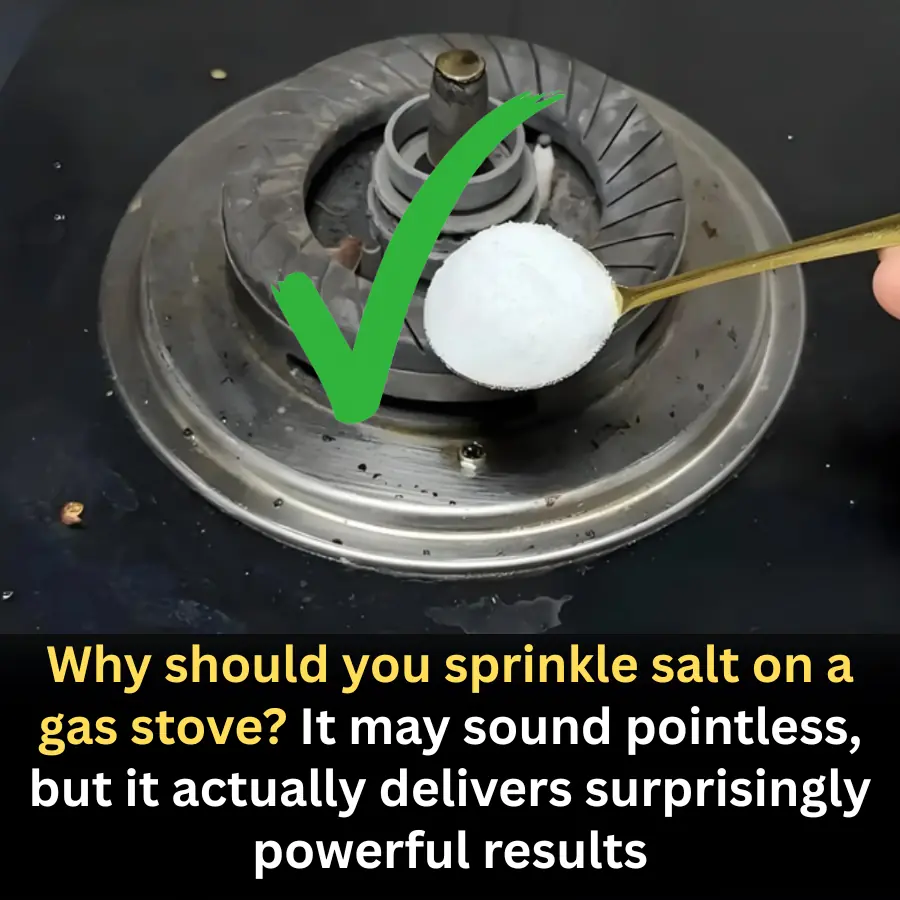
Why Sprinkling Salt on a Gas Stove Is a Smart Household Trick
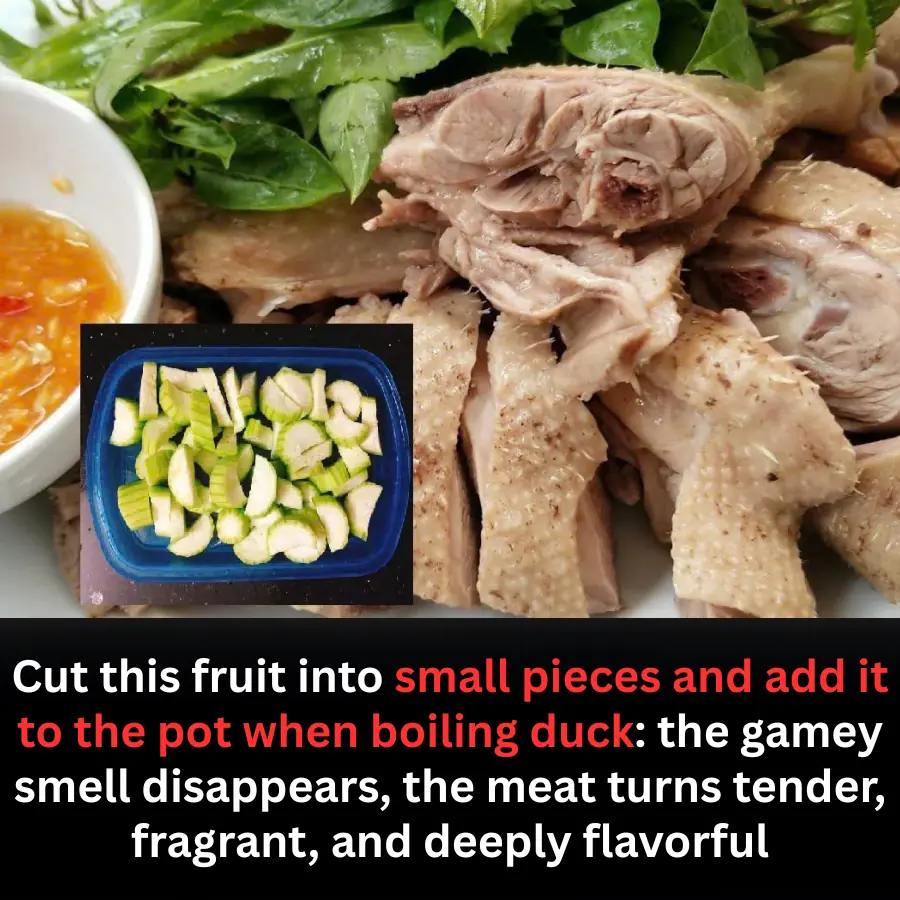
A Simple Kitchen Trick: Add This Fruit When Boiling Duck to Remove Odor and Boost Flavor

Never store your cooked rice without knowing this
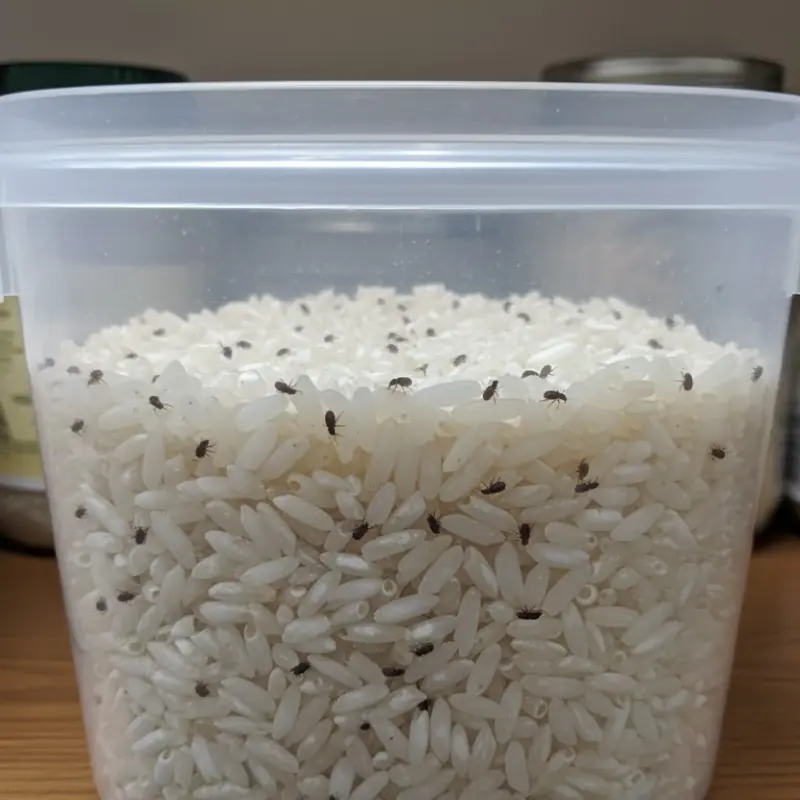
How to store rice to prevent insects and mold: Tips to keep rice fresh and flavorful

Why placing a roll of toilet paper in the fridge can effectively remove odors?
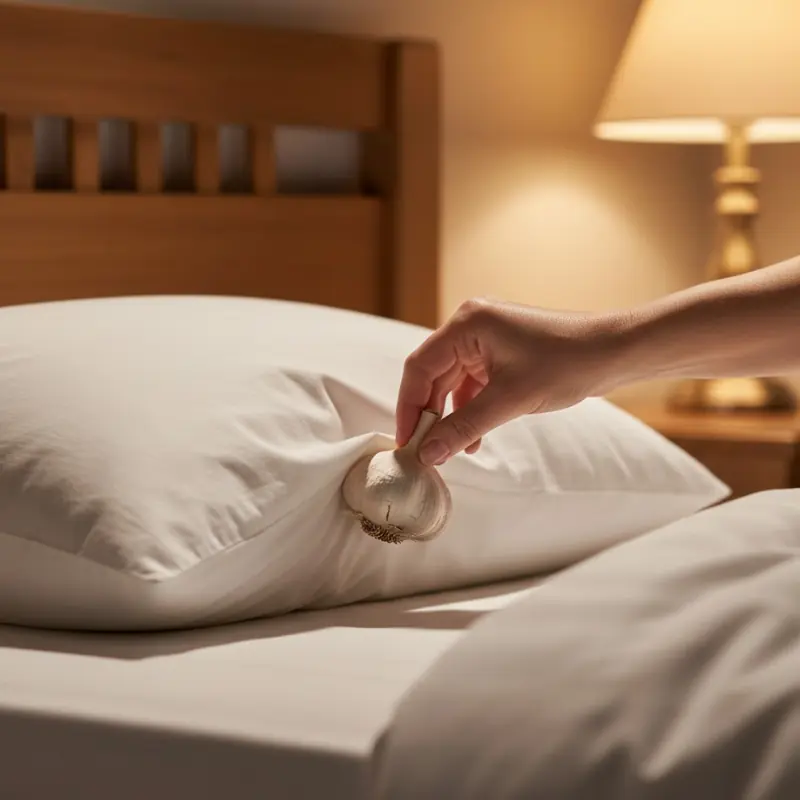
Why Should You Place Garlic by Your Bedside at Night? Everyone Will Want to Try It Immediately
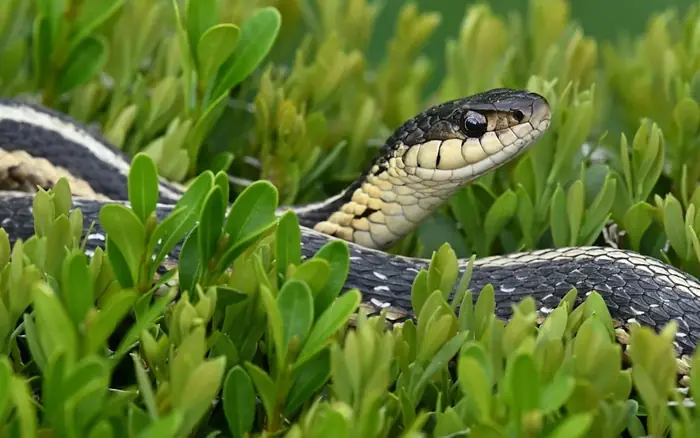
6 plants that snakes are strongly attracted to, and 3 that naturally keep them away
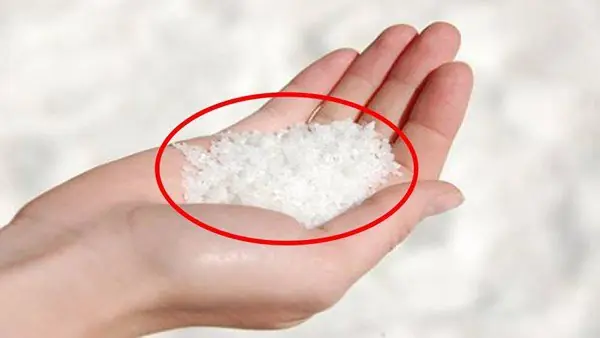
Sprinkling salt in door cracks: A simple habit with surprising meaning and practical benefits
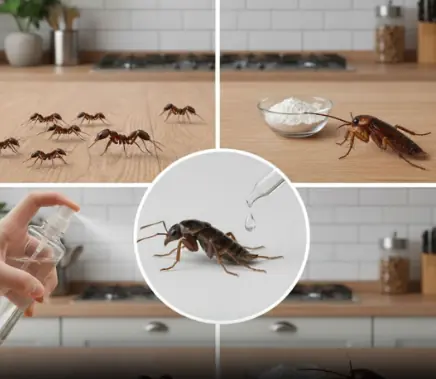
Goodbye fleas, ants, and cockroaches with this home remedy
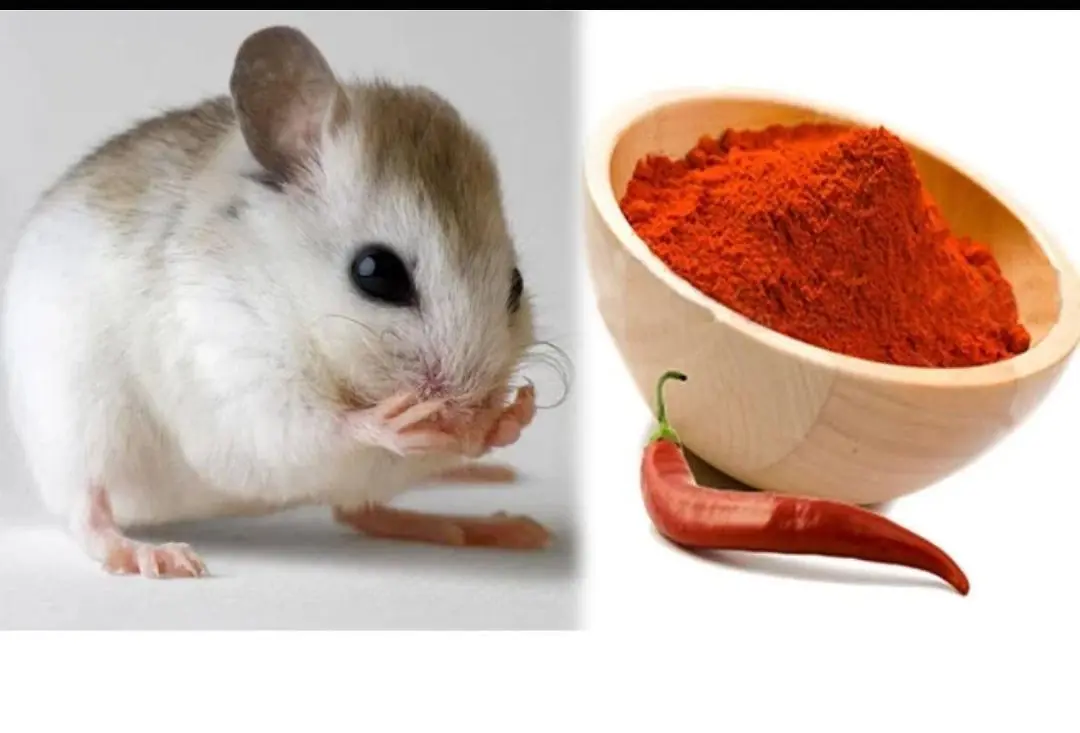
3 Easiest Ways to Get Rid of Mice in Your House
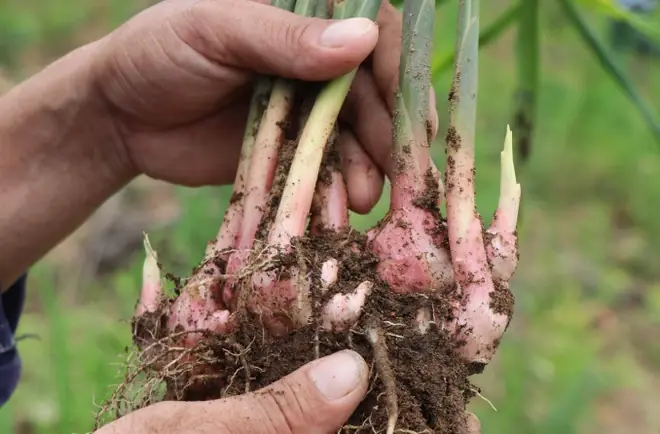
How to grow ginger at home easily and enjoy fresh ginger all year round
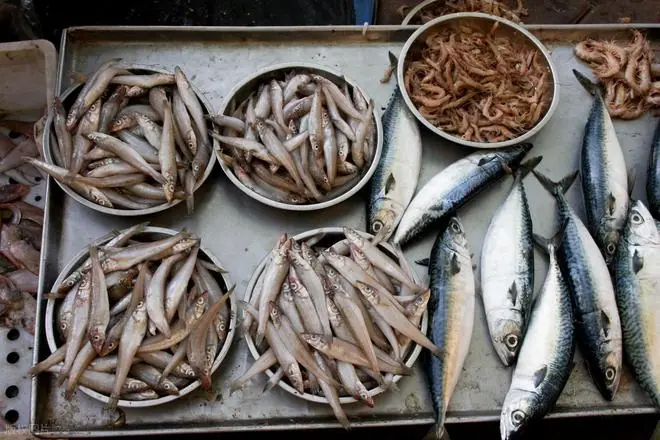
4 Types of Fish That Are Prone to Heavy Metal Contamination — Even Sellers Rarely Eat Them

Electrical devices to unplug during storms, thunder, and lightning

The Military Sleep Technique That Can Help You Fall Asleep in 2 Minutes
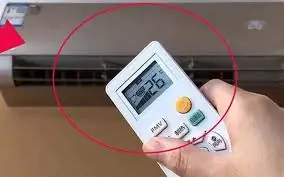
Why shouldn't you set the air conditioner to 26°C at night?
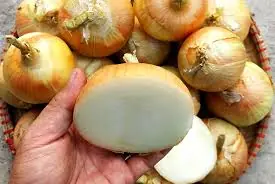
9 out of 10 people store onions incorrectly: Here's why you shouldn't keep them in the fridge
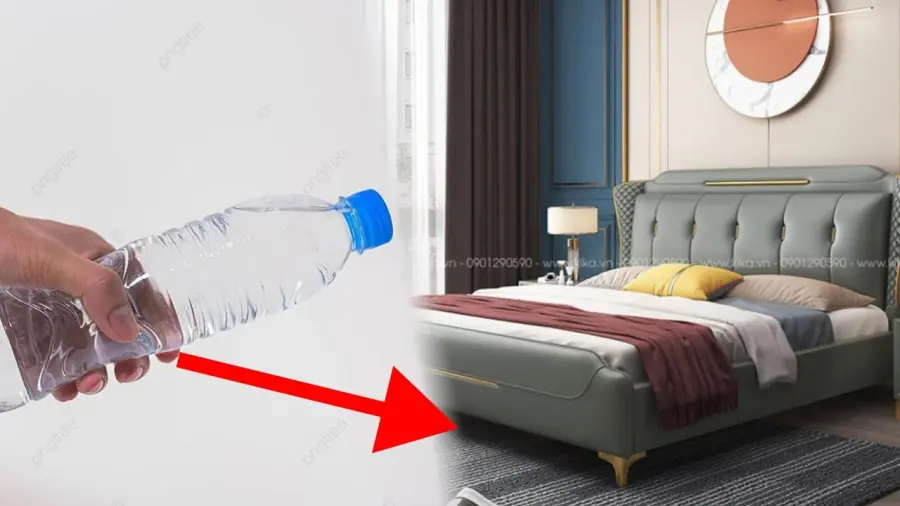
Smart travel tip: Why you should toss a water bottle under your hotel bed?
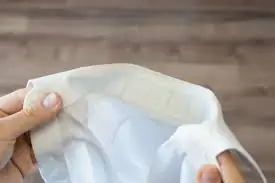
Don't throw away your yellowed white shirts - try this soaking method to make them bright and as good as new
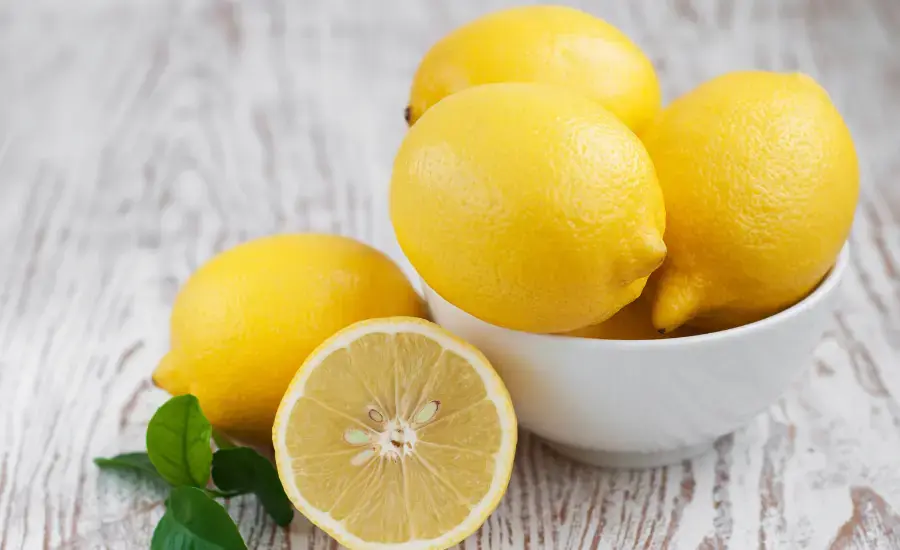
Easy lemon storage hacks that keep them fresh for a long time
News Post
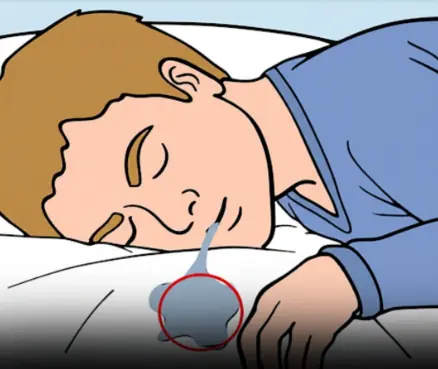
If you drool while sleeping often, check for these 6 diseases

One Month Before A Heart Attack, Your Body Will Warn You Of These 7 Signs

5 foods you should never keep overnight

The Vegetable That Helps Reduce Sugar in The Body. It is Diabetes’ Strong Opponent
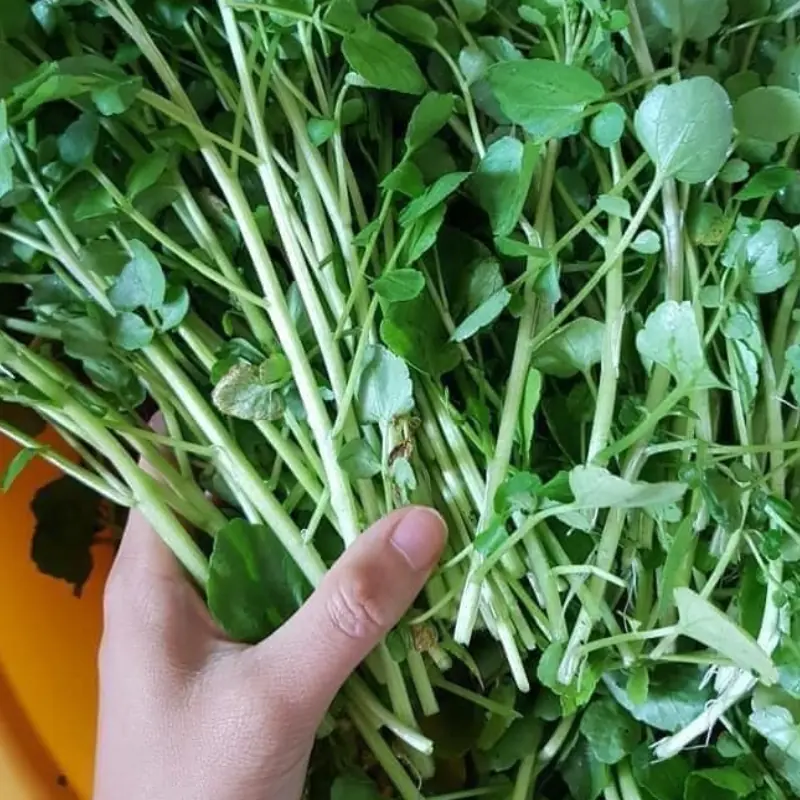
The World Is Buzzing About a Vegetable Said to Fight Can.cer Better Than Drugs

All The Things You Need to Know About Nighttime Urination And When To Start Worrying

A Sore Throat Checkup Revealed End-Stage Sto.mach Can.cer: An Angry Man Threw Two “Culprits” From His Kitchen Into the Street
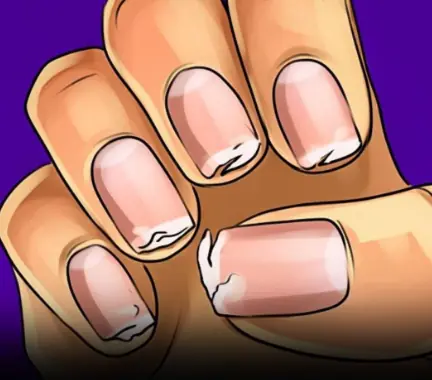
You Should Never Ignore These 9 Things Your Fingernails Reveal About Your Health

A 6-year-old boy diagnosed with late-stage canc3r, his father regrets after doctors reveal the cause linked to a popular type of beverage

A 40-Year-Old Man Died from a Sore Throat After 7 Rounds of Chemotherapy – Doctors Urgently Warn

Str.oke is not just an adult dis.ease: A wake-up call for parents after a 6-year-old b.oy’s case

When Nighttime Leg Cramps Become a Concern

The Power of Gyan Mudra: Benefits and How to Practice It

Little-known benefits of placing lemon with salt in the room

6 Nighttime Warning Signs That Reveal a High St.ro.ke Ri.sk After 40
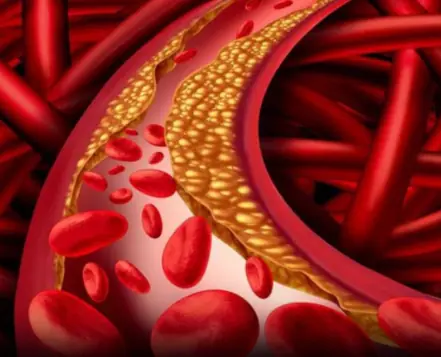
36-Year-Old Teacher Passes Away from Diabetes Despite Not Liking Sweets — Doctor Says It's Due to 4 Favorite Foods
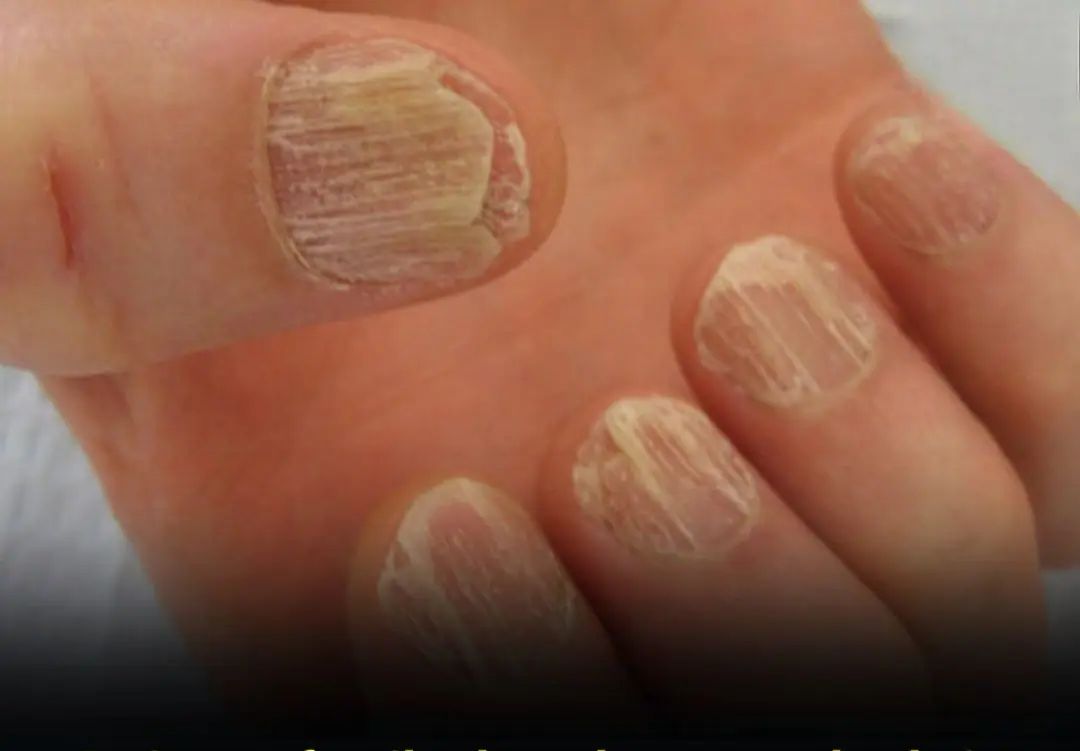
9 Alarming Nail Changes That Reveal Hidden Health Problems

Doctors Warn After Young Man Contracts Multiple Para.sites From a Common Food

Behind a rare disease at the prime of her youth lies a harmful daily habit — one that many of us may also have.
